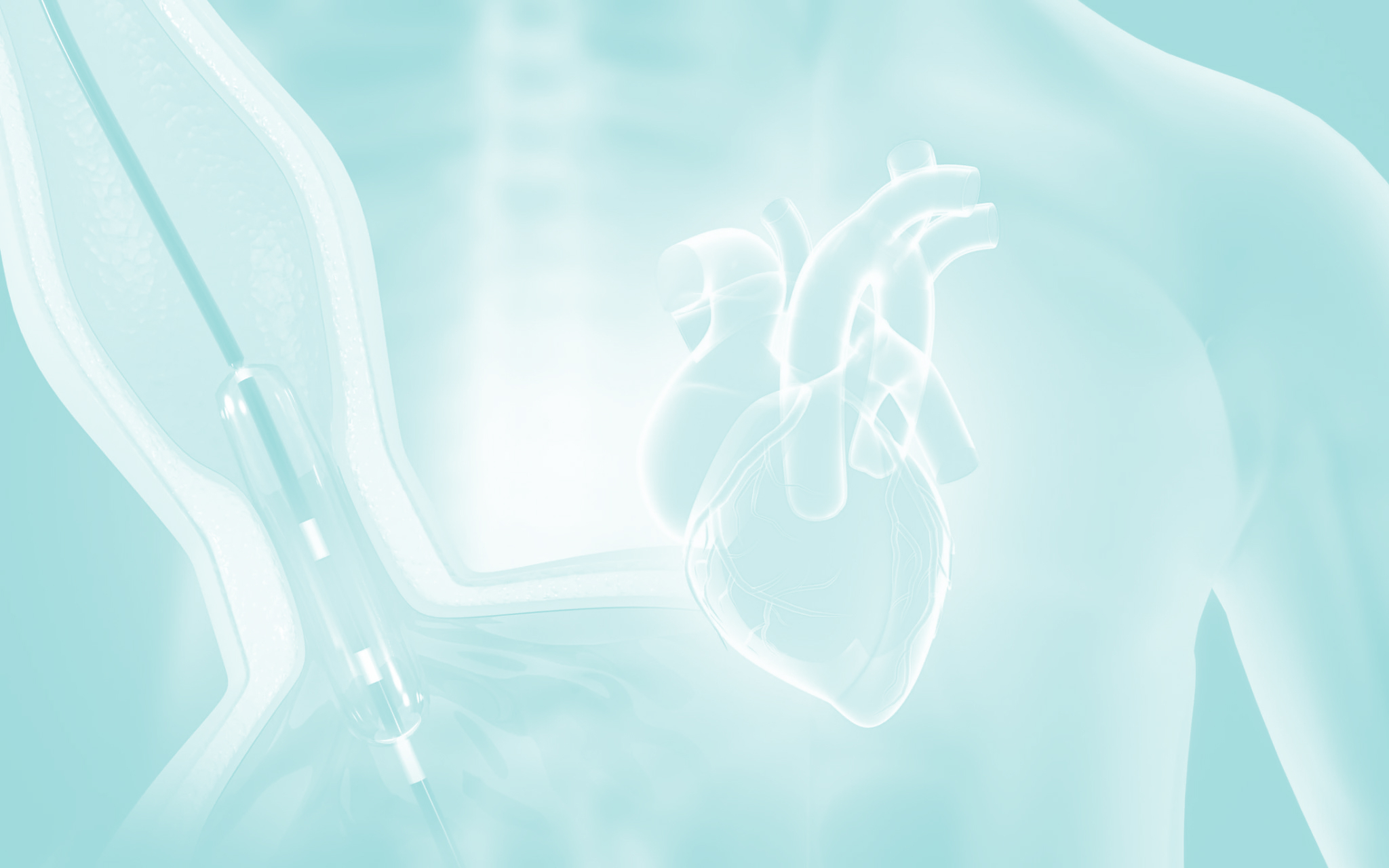Echocardiography or an echocardiogram is an ultrasound examination of your heart. The test will use high frequency sound waves to create a moving picture of your heart.
Your test will be performed by a trained and accredited sonographer. They’ll use an instrument called a transducer (probe) to transmit and receive high frequency sound waves. The transducer will be placed in various positions on your chest.
These different positions will allow the sonographer to examine the heart from multiple angles and directions.
The transducer will pick up the echoes of the sound waves and transmit them as electrical impulses. The echocardiography machine will convert these impulses into moving pictures.
This test will require you to lie down bare chested on an examination table. ECG electrodes will be placed on your chest and you’ll be asked to roll onto your side. The transducer probe will be placed on your chest to take the pictures. Usually an ultrasonographic jelly will be used to improve contact and imaging quality. The probe may need to be applied firmly against the chest wall so your sonographer will ask you if this causes discomfort.
The sonographer will move the probe over the left side of your chest, upper abdomen and sometimes the neck. You may hear whooshing or pulsing noises during the test which represent the magnified ultrasonographic signal of blood flowing through the heart chambers and valves. This is completely normal.
The scanning time will be approximately 40 minutes, although this can vary depending upon the findings. The room will be darkened to help the sonographer see the images. Some measurements of different areas of your heart will be taken with the probe.
We suggest wearing a two-piece outfit to the test.

